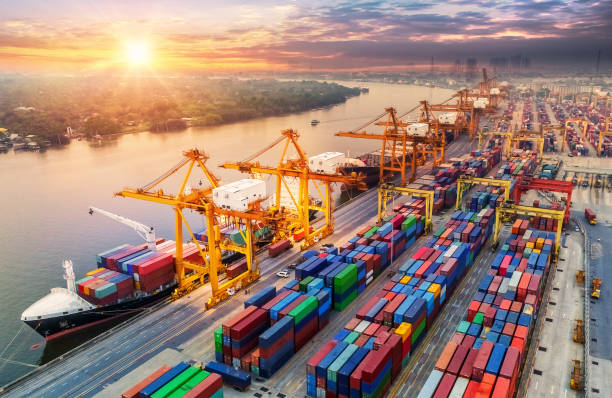Shipping Logistics from Guangzhou/Shenzhen to Coatzacoalcos Port, Mexico
Shipping Options
Full Container Load (FCL) Shipping: FCL is a cost-effective and secure option for shipping large quantities of goods. When shipping via FCL, the entire container is dedicated to a single shipment, providing maximum security and minimizing the risk of damage. Both 20-foot (20FT) and 40-foot (40FT) containers are commonly used for shipping to Coatzacoalcos Port. The major advantage of FCL is that it allows for better control over the shipment and faster transit times, as the container is typically shipped directly to its destination without the need for additional stops.
Less-than-Container Load (LCL) Shipping: For smaller shipments that do not fill an entire container, LCL is an ideal option. In this case, the cargo shares a container with other shipments, making it a more economical choice for businesses with less volume. LCL shipments typically have a longer transit time compared to FCL due to the consolidation process, but it is still a reliable and cost-effective way to move goods. The typical shipping time from Guangzhou or Shenzhen to Coatzacoalcos Port via LCL is approximately 25 days.

Port-to-Port CIF Shipping
For both FCL and LCL options, we offer a Cost, Insurance, and Freight (CIF) service. This means that the shipping cost, insurance, and freight charges are covered up to the destination port. CIF shipping is a comprehensive solution where the exporter assumes responsibility for the costs and risks involved in shipping until the goods reach Coatzacoalcos Port. After arrival, the consignee will handle the customs clearance and further transportation to the final destination.
Sea Freight Journey and Estimated Transit Time
The sea freight journey from Guangzhou or Shenzhen to Coatzacoalcos Port typically takes around 25 days, depending on the specific route and weather conditions. This timeline includes loading the cargo at the departure port, crossing the Pacific Ocean, and arriving at Coatzacoalcos Port in Mexico.

Packaging of Goods for Shipment
Proper packaging is crucial to ensure that the goods arrive at their destination safely and intact. Whether shipping via FCL or LCL, the packaging must be robust and compliant with international shipping standards.
For FCL Shipments:
- Cargo Placement: For large shipments that fill an entire container, cargo is usually placed directly inside the container. This is often the case with goods such as machinery, electronics, and large equipment.
- Palletizing: Goods are often packed on pallets for easy handling and to prevent damage during transit. The pallets are tightly secured with shrink wrap or stretch film to prevent shifting during transport.
- Sealing and Labelling: Containers are sealed with tamper-proof seals, and goods are clearly labelled with the necessary shipping information, including the consignee’s address, product descriptions, and handling instructions.
For LCL Shipments:
- Individual Packaging: For LCL shipments, goods are packaged individually and grouped with other shipments in the same container. Packaging must be sturdy and secure, as it will be handled multiple times during consolidation and unloading.
- Boxing and Palletizing: Small items are packed in strong cardboard boxes or crates, and fragile goods are typically wrapped in bubble wrap, foam, or other protective materials to prevent breakage.
- Labeling: Clear and accurate labelling is essential for LCL shipments, as it helps to ensure the correct handling and delivery of goods. Labels should include detailed information such as the sender and receiver’s addresses, product descriptions, and special handling instructions.
Protective Measures:
- Climate Protection: For items sensitive to temperature or moisture, specialized packaging such as waterproof covers or climate-controlled containers may be used to protect the cargo during the sea voyage.
- Shock Absorption: Fragile items, such as glass or electronics, should be cushioned using foam inserts, bubble wrap, or other shock-absorbing materials to prevent damage during transit.



